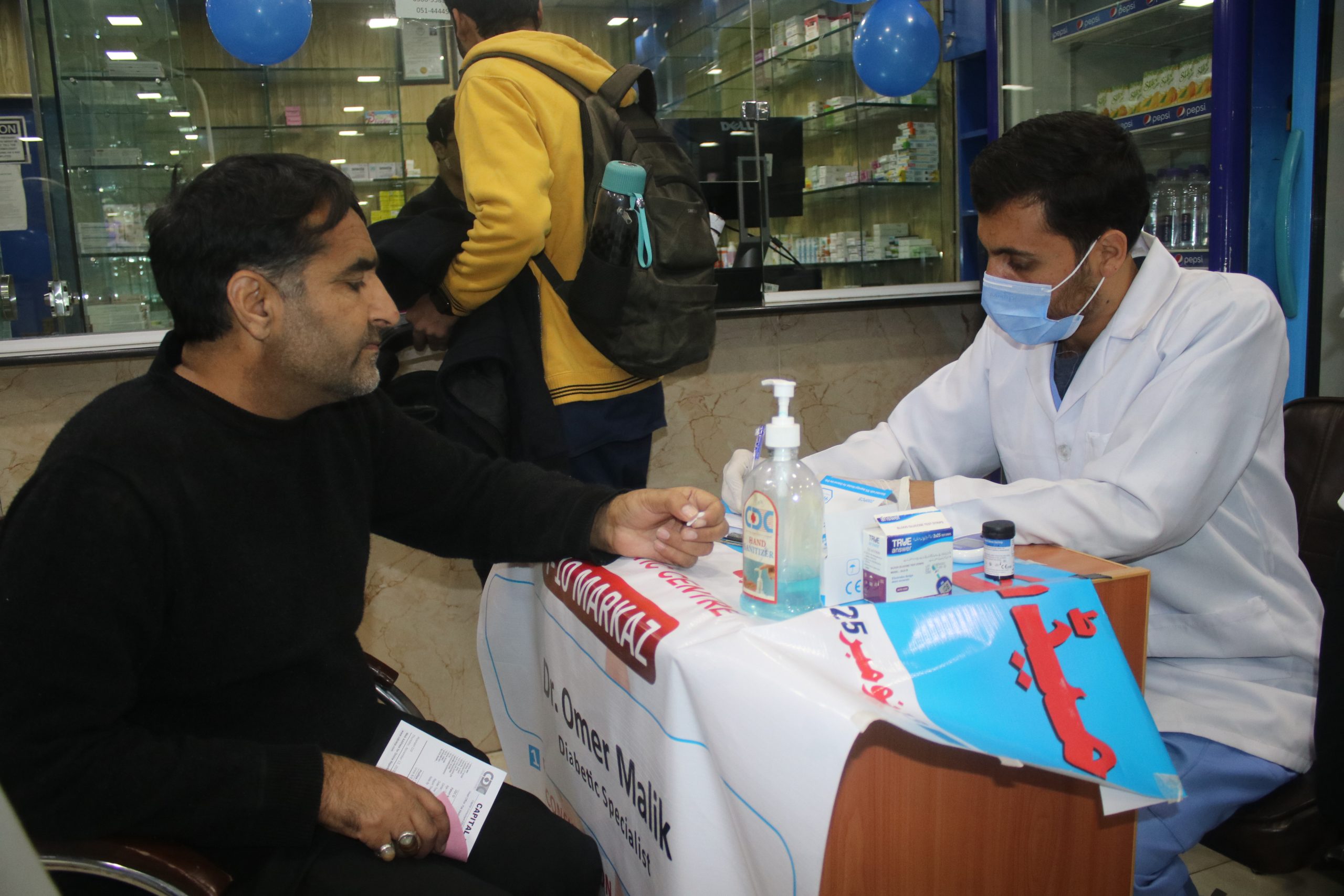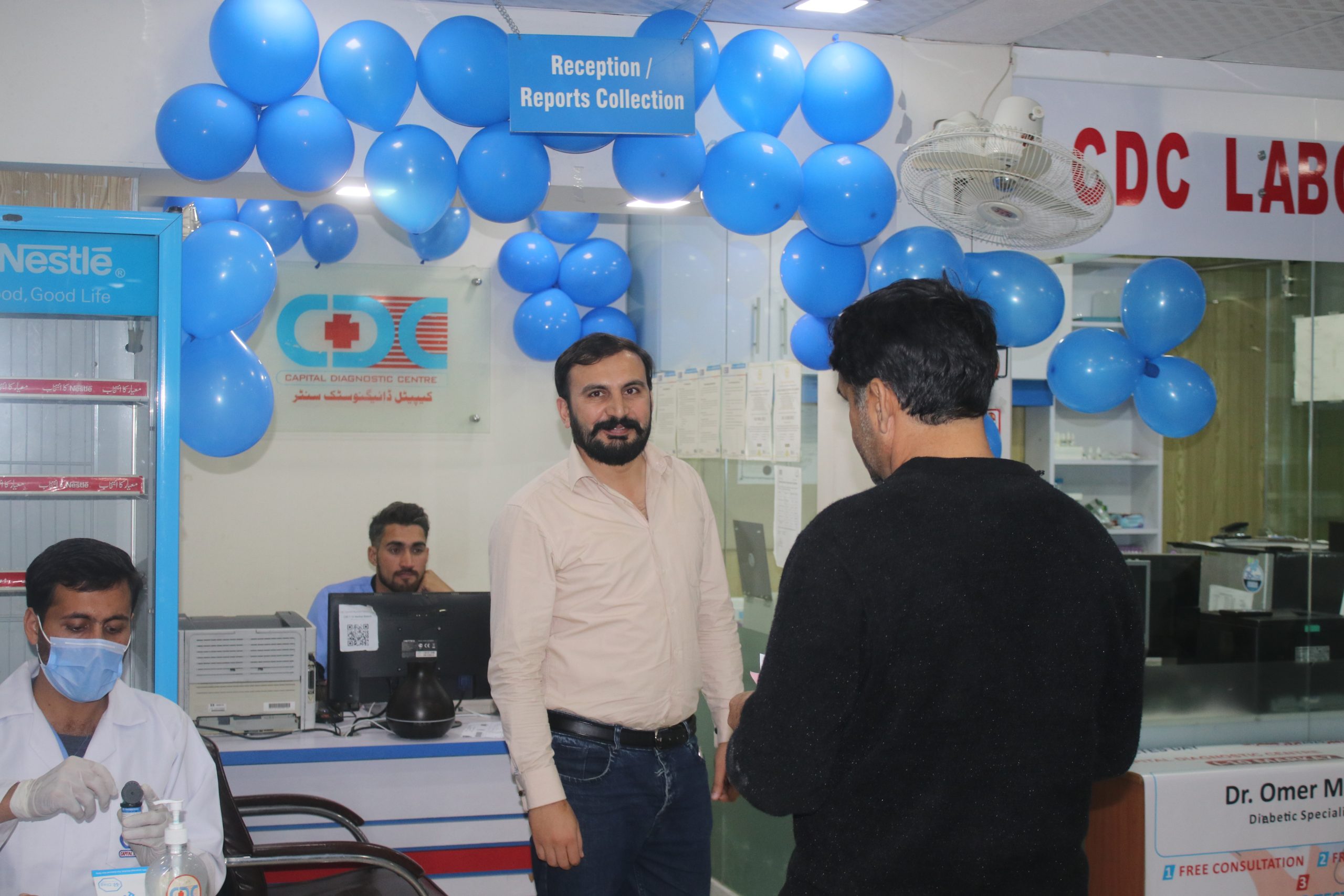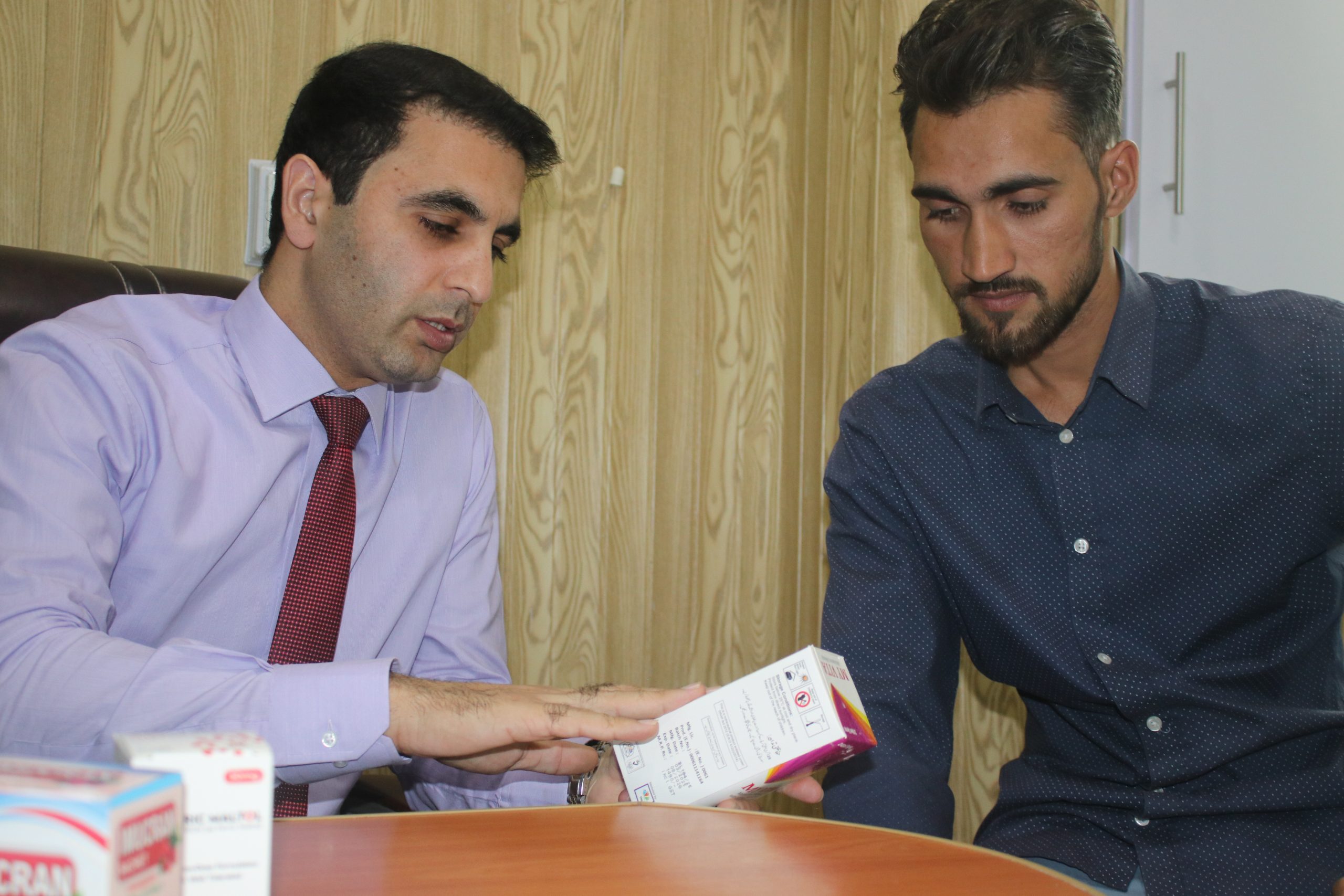Medical Camps
Capital Diagnostic Centre
Capital Diagnostic Centre is proud to organize Medical Camps across its various branches throughout November in recognition of Diabetes Month. These camps aim to promote early detection, timely screening, and greater community awareness about diabetes. As diabetes continues to rise globally, our goal is to ensure individuals understand the importance of regular monitoring and early intervention to prevent long-term health complications.
Visitors can benefit from expert medical guidance, free sugar testing, and discounted services designed to support better health and preventive care. Along with screenings, our medical team will provide personalized advice regarding diet, lifestyle changes, medication compliance, and risk management—helping individuals take control of their health with confidence.
These camps also serve as an opportunity for families, caregivers, and community members to learn more about diabetes symptoms, prevention strategies, and available treatment options. By fostering awareness and encouraging proactive health behaviors, Capital Diagnostic Centre aims to empower the community and reduce the burden of avoidable complications.
Join us this November as we work together toward a healthier, more informed, and diabetes-aware community. Your health matters — take the first step with confidence.














